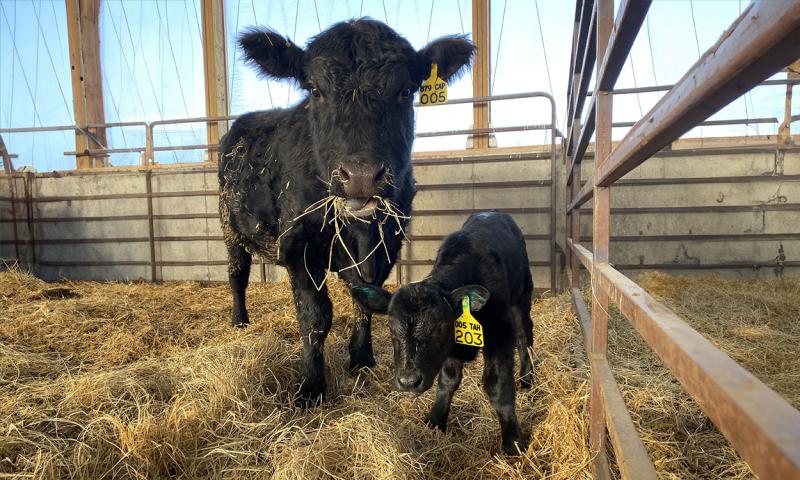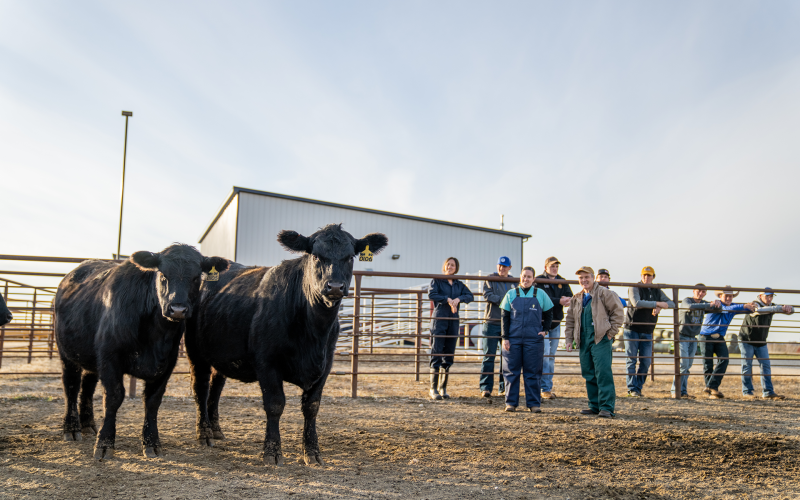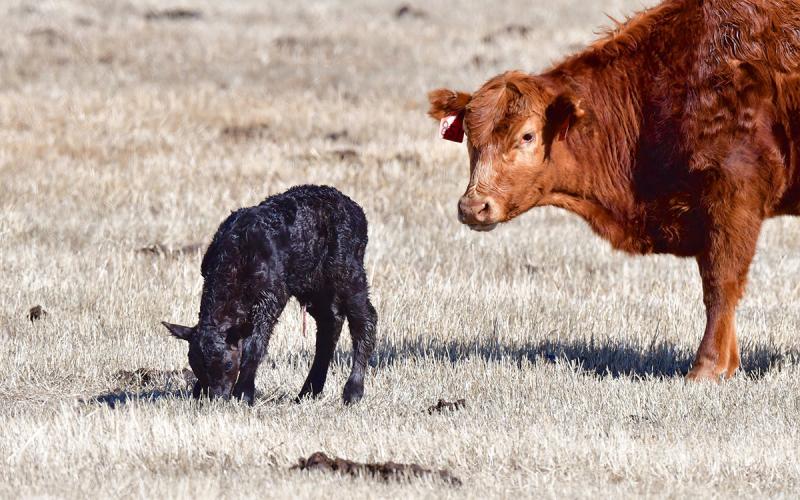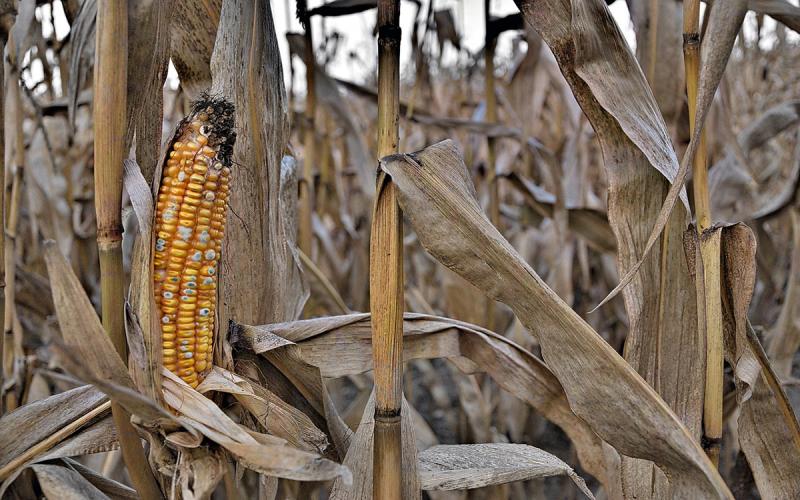Written with contributions by Madison Kovarna, former SDSU Extension Beef Nutrition Field Specialist.
What is an Ionophore?

Ionophores are feed additives commonly used in cattle diets to increase feed efficiency and growth. Monensin (Rumensin, Monovet), lasolocid (Bovatec), and laidlomycin propionate (Cattlyst) are ionophores that are on the market. These feed additives are classified as nontherapeutic antibiotics; while they do not require a veterinary feed directive, “off-label” (or “extra-label”) uses are currently prohibited. Ionophores work by shifting the populations of bacteria within the rumen from lactic and acetic acid producing colonies to propionic acid producing colonies. This improves the overall efficiency of the rumen. Ionophores can reduce the incidences of bloat and acidosis. Furthermore, select ionophores aid in the control of coccidiosis.
What is Coccidiosis?
Coccidiosis is an illness caused by protozoan parasites. In cattle, infection by these parasites causes an intestinal disease with signs of diarrhea (with or without the presence of blood), decreased appetite, and mild depression. Severe infections can progress to profound weight loss and depression, pale mucous membranes, and straining. Typically, these infections occur at 1 to 2 months of age, but it is possible to see these infections in older cattle, particularly in the early feeding period.
Ionophores and Coccidiosis

Ionophores can be utilized to control coccidiosis in young calves until their natural immunity builds up to fight off infections. These additives achieve this goal by killing coccidia at a specific stage of growth by changing the environment of the gut, leading to the death of these protozoa parasites. In mature cattle, feeding ionophores may reduce the amount of coccidia shed through the animal’s feces. As such, this may help reduce the number of coccidia oocysts (the infective form of the protozoa) spread into the calf’s environment.
Most mature cows have low levels of coccidia oocysts in their digestive tracts that they shed into the environment through their manure. Even though the cows remain unaffected, they are unknowingly exposing their calves to this parasite. While the calves themselves are not ingesting the ionophore, lowering the levels of coccidia oocysts within the calf’s environment limits exposure. Ionophores can safely be supplied to pregnant mature cows at least 30 days before calving through a total mixed ration. When calving time comes and cows are moved to a clean calving area, they will be shedding fewer oocysts in their manure (if they consistently were fed an ionophore for a minimum of 30 days). Ionophore supplementation should be continued through the calving period. Ionophores can be supplied through a mineral supplement; however, this is not the preferred method of dosing, due to inconsistencies in consumption by the animals.
Limitations
At this time, Monensin is the only ionophore approved for use in mature, reproducing beef cows. It is imperative to understand labeling and approved uses of all ionophores. Conversations with your veterinarian, nutritionist, or extension specialists can shed light onto the labels of different ionophores and how they fit into your operation. Table 1 shows ionophores that are utilized in the United States for coccidiosis prevention and control, along with the classes of cattle they are approved for.
| Active Ingredient | Use | Dosage | Indications |
|---|---|---|---|
| Lasalocid | Cattle up to 800 lbs. | 0.45 mg/lb BW/d Max of 360 mg/hd/d |
Control |
| Monensin | Cattle fed in confinement for slaughter | 0.14-0.42 mg/lb BW Max of 360 mg/hd/d |
Prevention/control |
| Monensin | Pasture cattle | 0.14-0.42 mg/lb BW Max of 200 mg/hd/d |
Prevention/control |
| Monensin | Mature reproducing beef cows | 0.14-0.42 mg/lb BW Max of 200 mg/hd/d |
Prevention/control |
| Monensin | Calves (excluding veal calves) | 0.14-1.0 mg/lb BW Max of 200 mg/hd/d |
Prevention/control |
*Adapted from the Compendium of Veterinary Products. Abbreviations: BW = body weight; d = day; hd = head; mg = milligram; lb. = pound
Ionophores can be utilized to prevent incidences of coccidiosis in cattle, but it is important to take a holistic approach to preventing coccidiosis. Ionophores should not be the only course of action in controlling coccidia populations. Ionophores are a tool to have in your toolbox. Environmental and cattle management are just as important in managing the coccidiosis puzzle.
Even more important than utilizing ionophores is managing the calf’s environment to prevent coccidiosis infection in cow-calf operations. Coccidia oocysts can survive for months in manure and cattle environments. Proper pen management is paramount in limiting the number of oocysts that calves can come in contact with. This includes scraping pens of used bedding and cleaning water fountains to prevent fecal contamination. In addition, calves should be born on ground separate from where cows overwintered.
Bottom Line
Ionophores are not the total fix for coccidiosis in young calves. When adding any feed additive to cattle rations, consult heavily with your nutritionist and veterinarian to determine the best course of action. This is to ensure that you are following all label directions and are utilizing the best additive for the issue at hand.


